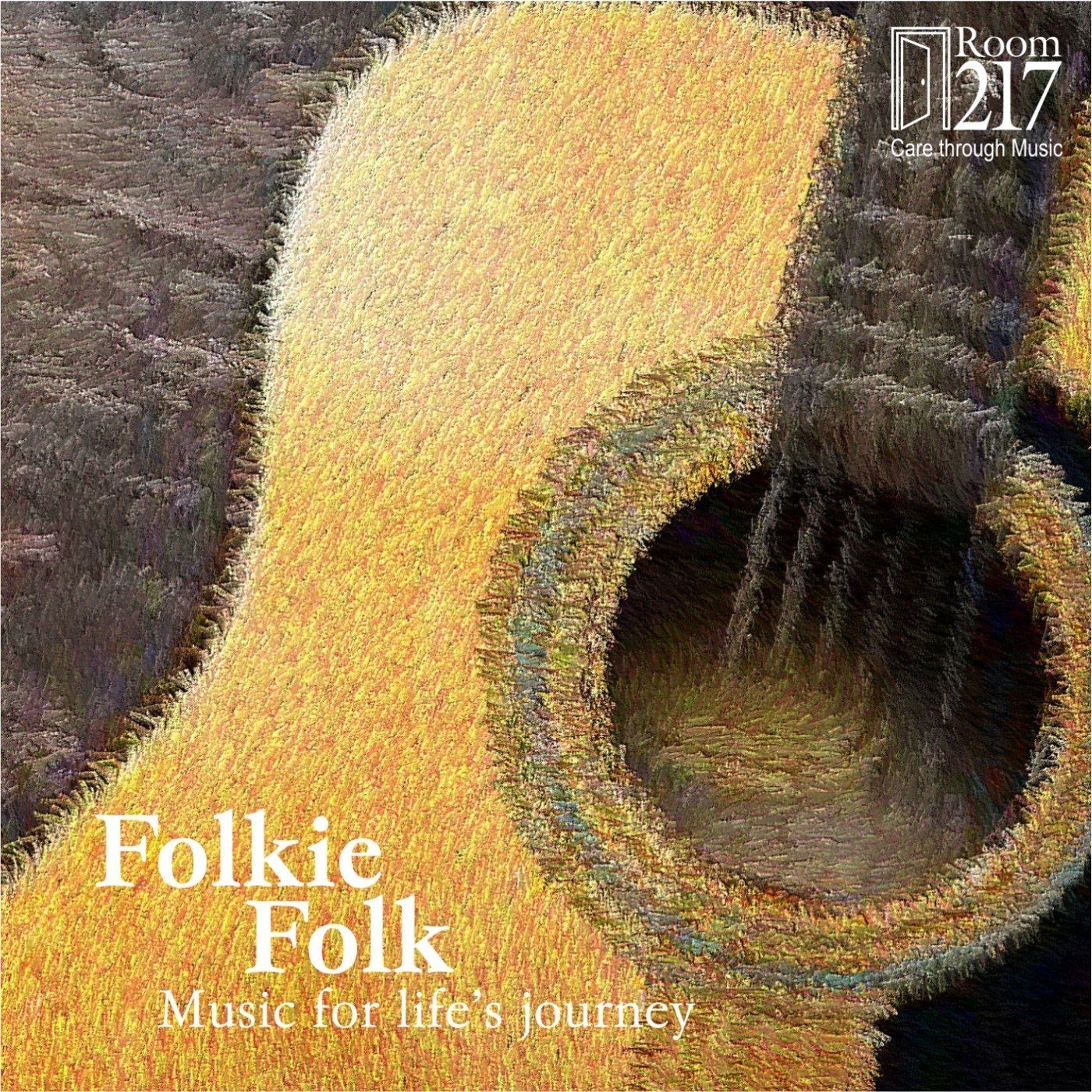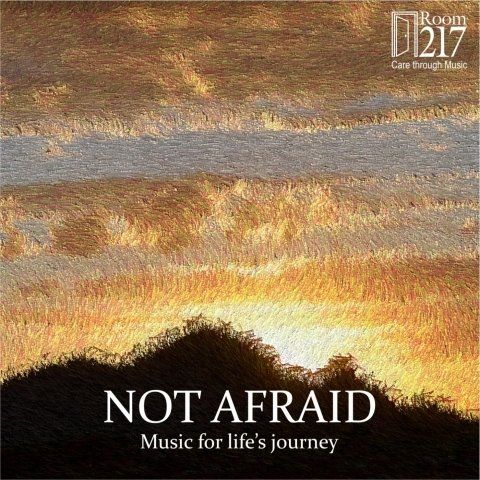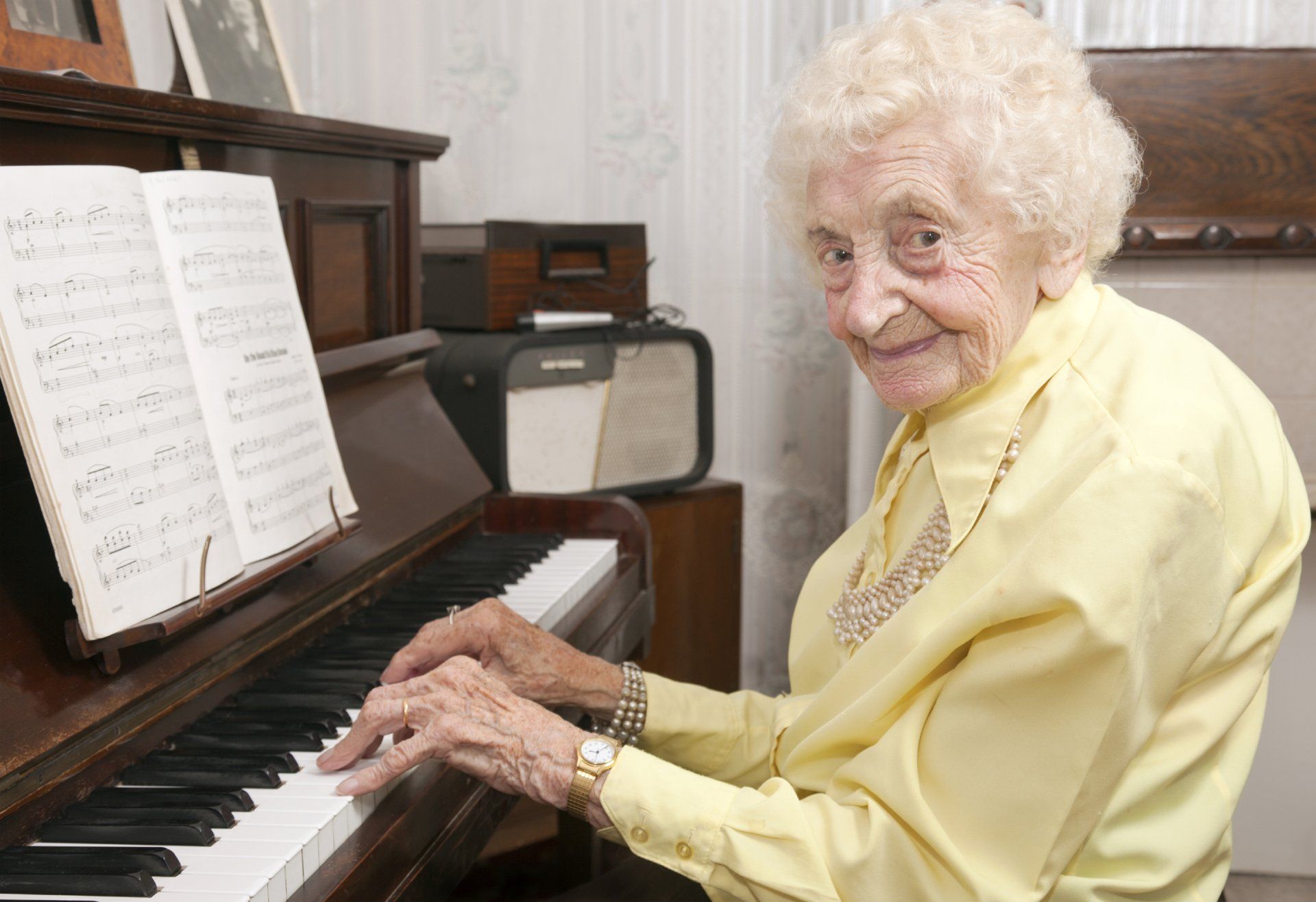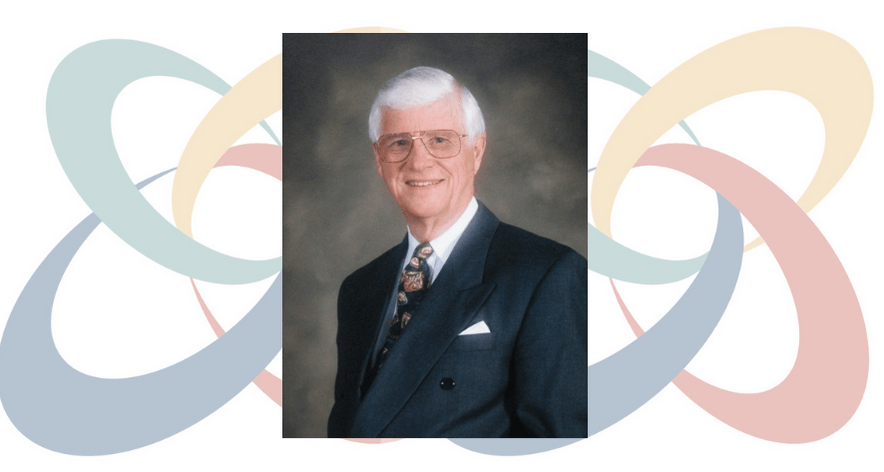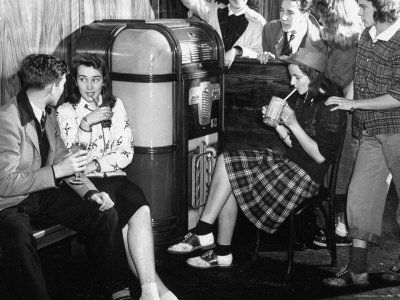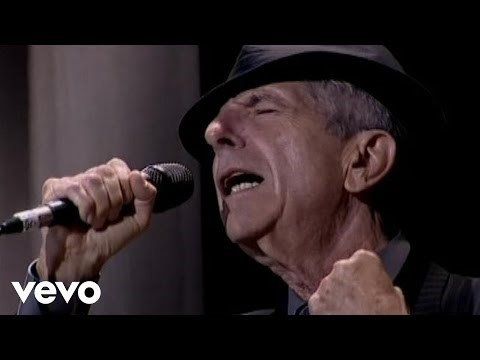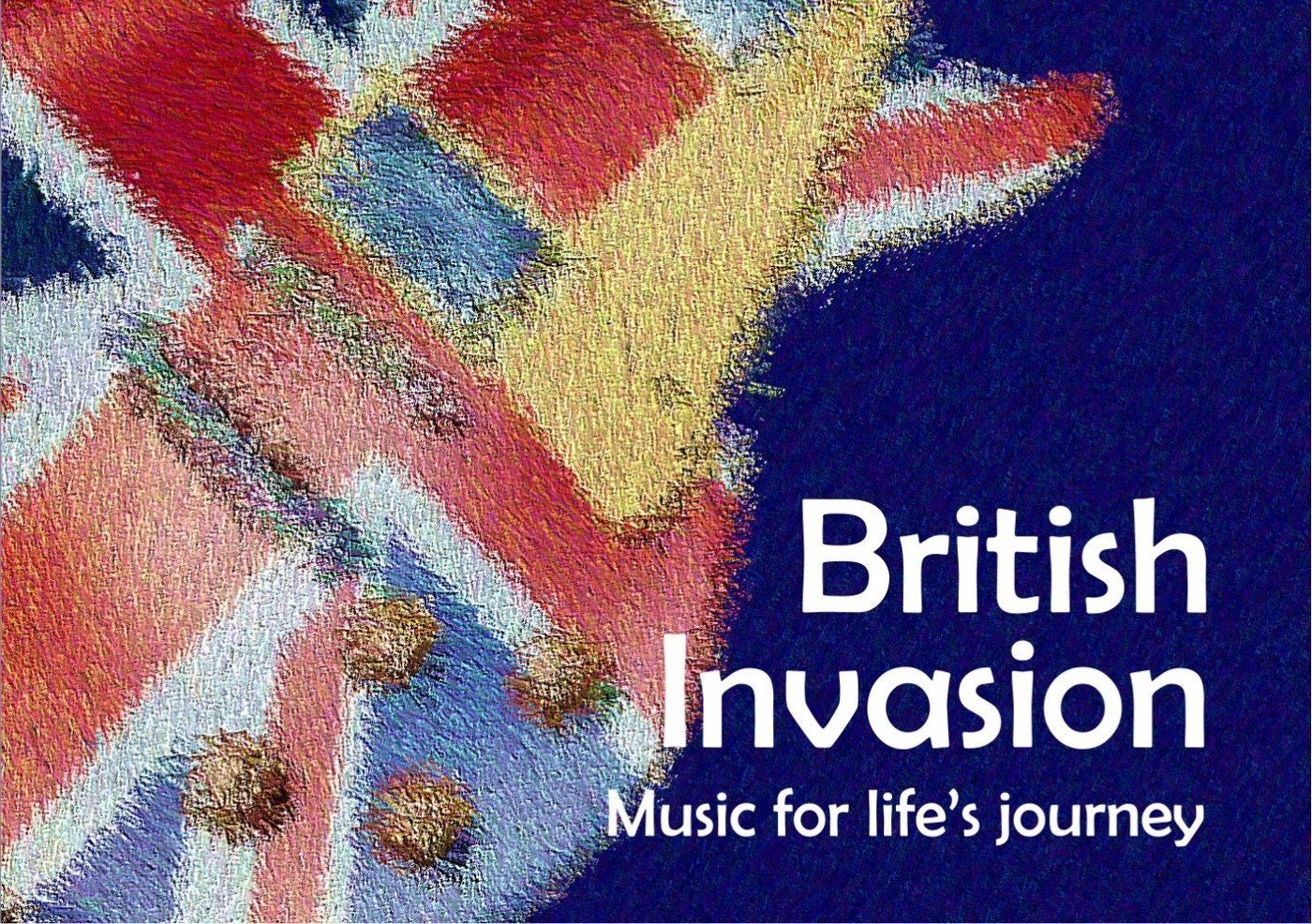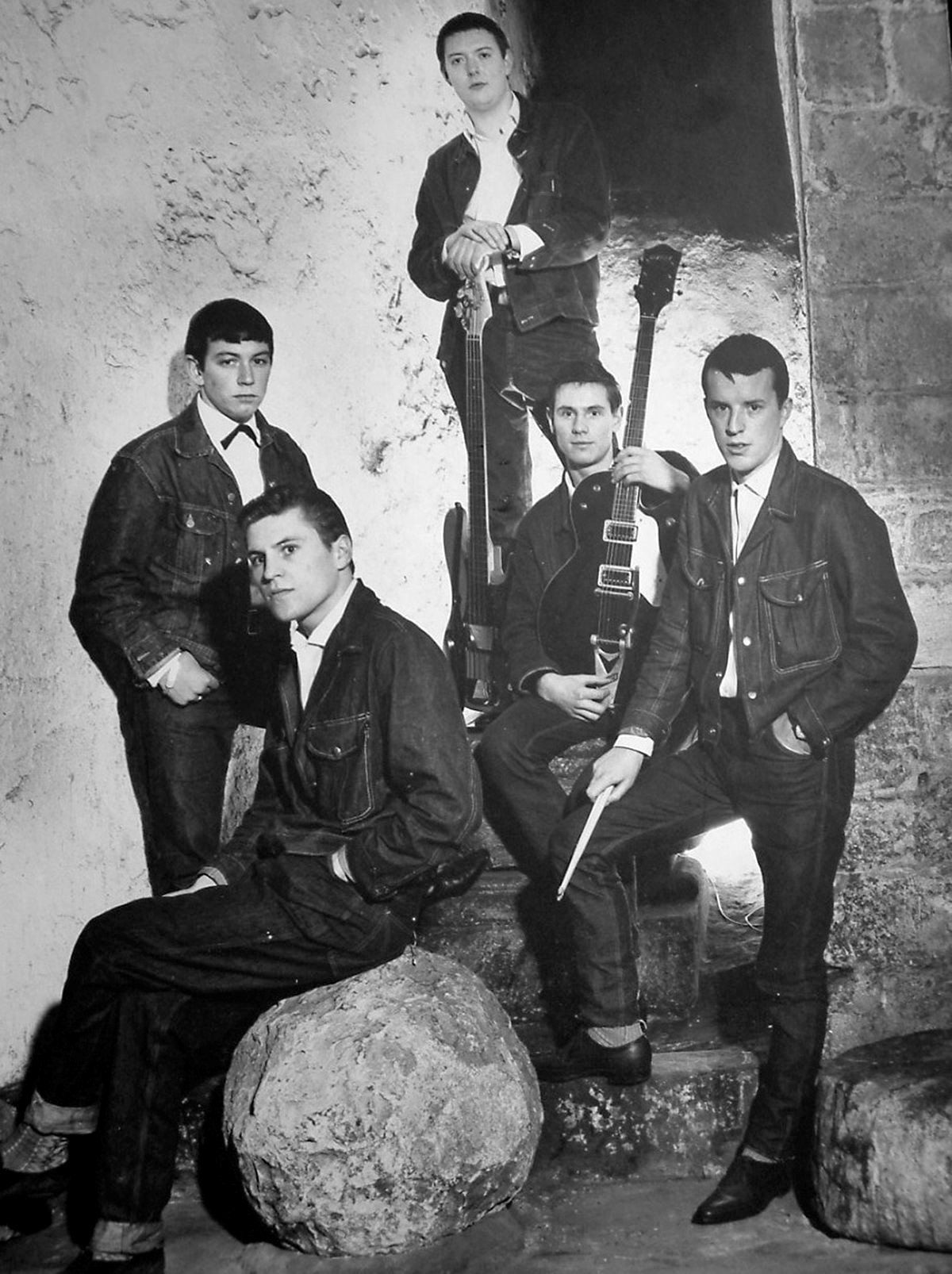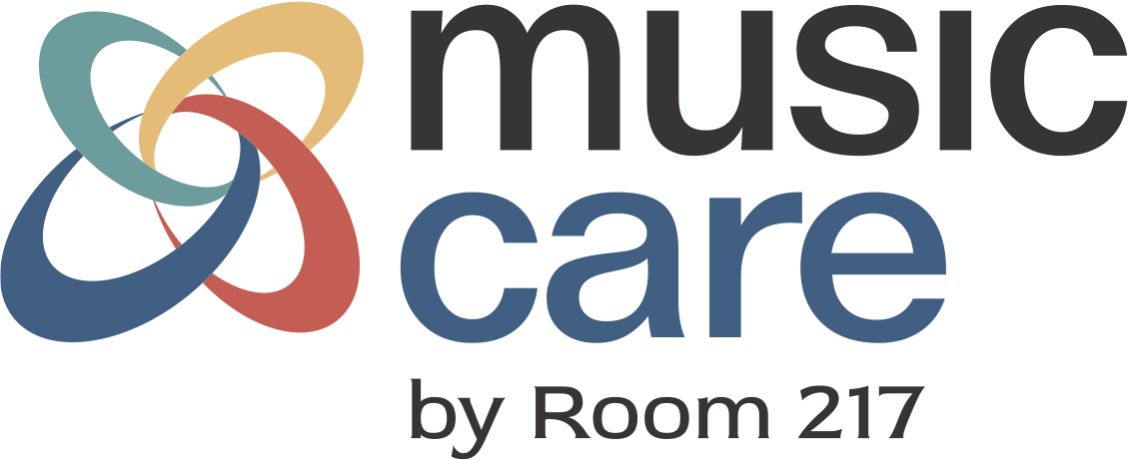5 Ways Music Impacts Quality of Life
A term that is frequently heard is ‘quality of life.’ (QoL) The World Health Organization defines QoL as “an individual’s perception of their position in life in the context of the culture and value systems in which they live and in relation to their goals, expectations, standards and concerns.” [WHOQOL Measuring Quality of Life (2012)] There are various indicators, measures, tools to evaluate quality of life.
In health care, QoL may be thought of as how an ailment affects someone subjectively, whether they are enjoying life and what it holds. Mood, resiliency, anxiety, memories and arousal are 5 ways music can impact quality of life on an individual level.
1. Music releases dopamine
Research by Dr. Valorie Salimpoor from the Rotman Research Institute at Baycrest found that listening to music that gives you the chills, triggers the release of dopamine in your brain. Dopamine is a chemical released in the brain that makes us feel good. It acts as our reward center and is involved in functions such as motivation, movement and mood. This evidence suggests that dopamine is not only released when we experience chills, but that it’s also released when we anticipate experiencing chills. So the more pleasurable music you listen to, the more dopamine you’ll produce!
2. Music improves resiliency
An analysis by Lee (2021) provided evidence that music had statistically significant effects in decreasing pain and emotional distress on self-report scales, as well as improving heart rate, blood pressure and respiration rate in patients experiencing pain. Although more research is required to pinpoint whether pain relief is due to the release of endorphins, the use of music as a distractor or the use of music to create positive associations, there is no doubt that music improves our resilience in times of need.
3. Music reduces symptoms of anxiety and depression
A study by Gfeller (2002) found that music may help reorganize affective content. This might look like rethinking how you process life experiences, changing your perception of self and others, learning new coping skills or setting new goals for yourself. These changes in thinking patterns can help you reduce symptoms of anxiety and depression. This may be why, when you’re feeling upset, you find yourself reaching for your playlist.
4. Music helps recall memories
We know from research that areas of the brain that encode musical memory show little damage in Alzheimer’s Disease. A study from the University of Utah in 2019 found that playing personally meaningful music for people with Alzheimer’s Disease stimulated those areas of the brain. A study by Alfredson et al. (2004) found that when older adults listen to self-selected emotionally significant music, there was increased brain activation in regions that link music perception, emotional responses and memories.
5. Music improves arousal
Studies have shown that music can both increase or decrease arousal depending on the type of music. There’s a reason that we listen to music when we work out! A study by Eliakim et al. (2007) found that stimulative music increased heart rate, an indicator of increased arousal. In contrast, a study by Yamamoto et al. (2003) found that the gentle and calming qualities of music can decrease arousal. In clinical studies with older adults, researchers also found that music improved sleep quality and decreased night waking.
Whether we listen to music, play an instrument or sing, music is a powerful tool we can harness to improve our QoL and make ourselves feel just a little bit better!


